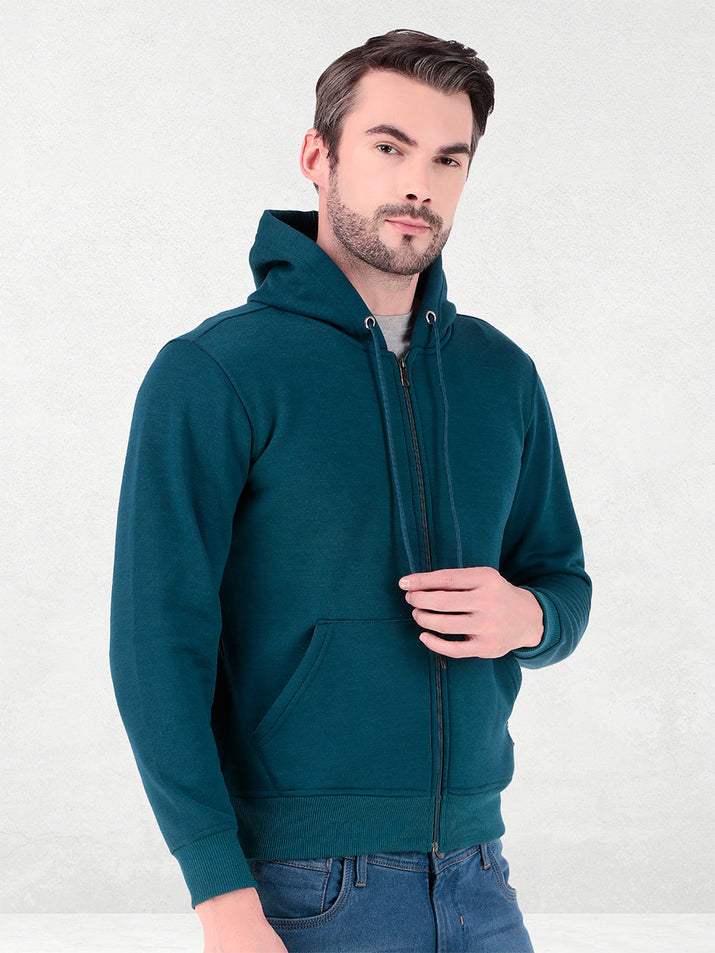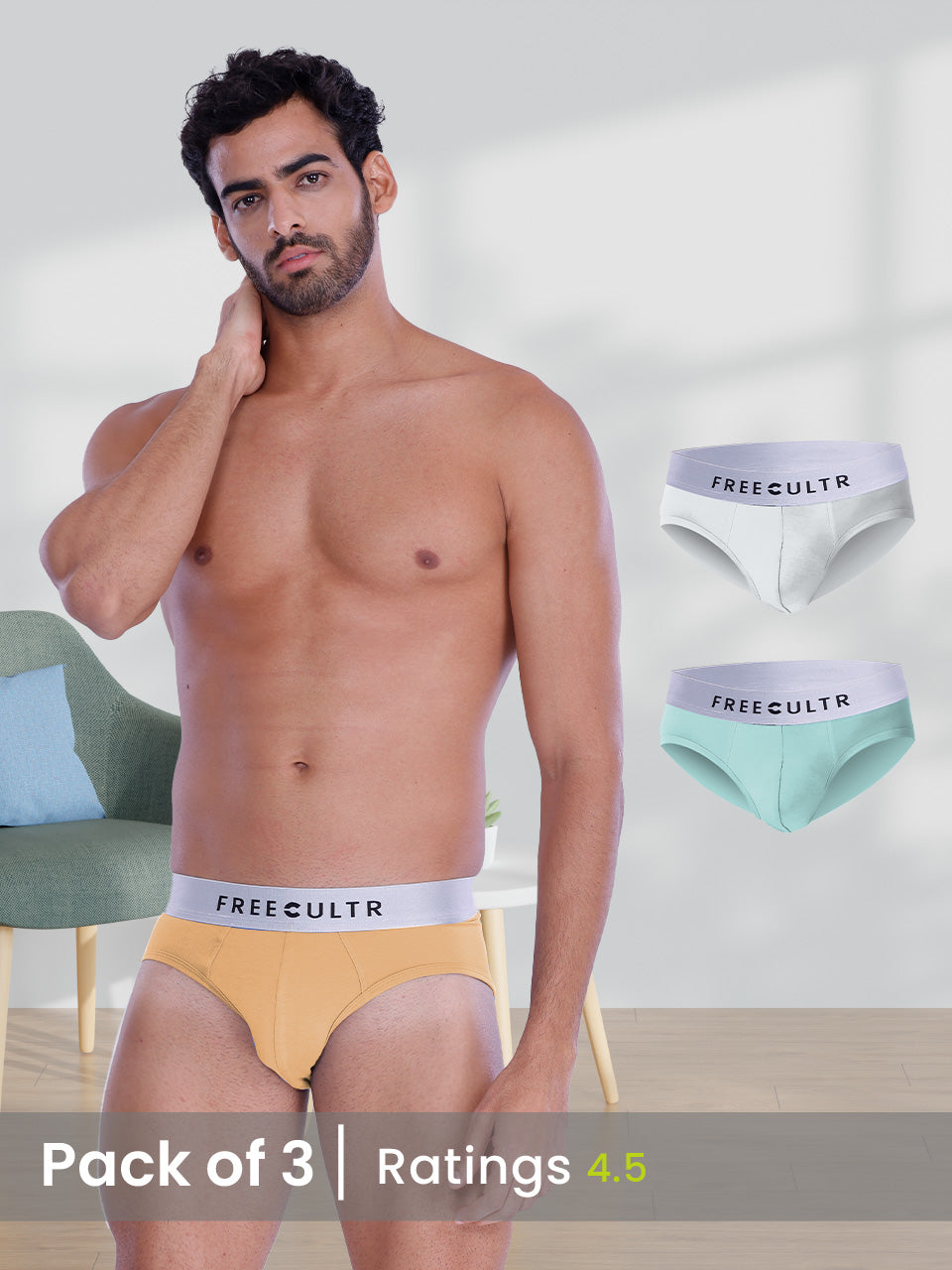Many assume underwear sizing is straightforward, yet the reality profoundly impacts daily comfort, skin health. even athletic performance. Ill-fitting undergarments, whether binding or baggy, commonly cause chafing, irritation. constant adjustments, a far cry from the seamless experience modern fabrics like bamboo or advanced moisture-wicking synthetics promise. With recent innovations in ergonomic designs and the broader availability of inclusive sizing, understanding your precise body measurements—beyond just your usual clothing size—becomes critical. Consulting an accurate underwear size chart empowers you to leverage these advancements, preventing common discomforts and truly maximizing the benefits of a perfectly tailored fit, from reducing unwanted bulk to supporting an active lifestyle.

Why Your Underwear Fit Matters More Than You Think
Ever found yourself constantly adjusting, pulling, or feeling constricted by your undies throughout the day? You're not alone! It might seem like a small thing. the fit of your underwear profoundly impacts your comfort, confidence. even your health. We're talking about avoiding annoying chafing, uncomfortable bunching, or that dreaded "riding up" sensation. A poor fit can lead to skin irritation, reduced circulation. for some, even affect reproductive health by trapping heat. On the flip side, the perfect fit means you barely notice it's there – pure bliss! It allows for proper air circulation, reduces friction. moves with you, not against you. This is why getting familiar with an underwear size chart isn't just a suggestion; it's a game-changer for daily comfort.
What Exactly is an Underwear Size Chart and Why Do You Need It?
Think of an underwear size chart as your personal roadmap to comfort. It's a standardized table provided by brands that translates your body measurements into their specific clothing sizes. Unlike outer garments where a little wiggle room is fine, underwear needs to be just right – not too tight, not too loose. Since sizing can vary wildly between brands (a "medium" at one place might be a "small" or "large" at another!) , relying solely on the letter size you usually grab is a recipe for disappointment. An underwear size chart typically lists measurements like waist, hips. sometimes even thigh circumference, cross-referenced with their corresponding S, M, L, or numerical sizes. By taking accurate measurements of yourself, you can compare them directly to the brand's chart and pinpoint the size that promises the best fit.
How to Measure Yourself for the Perfect Underwear Fit
Alright, let's get down to business! Grabbing a soft measuring tape is step one. For the most accurate results, measure yourself against your bare skin or over very thin clothing. Stand relaxed, breathe normally. don't pull the tape too tight or leave it too loose. Here’s what you’ll need to measure:
- Waist This isn't your pants waistline! Find the narrowest part of your torso, usually just above your belly button. This is your natural waist.
- Hips Measure around the fullest part of your hips and glutes. This is crucial for ensuring the underwear doesn't dig in or ride up.
- Thigh (for certain styles) For boxer briefs, trunks, or anything with a leg, you might want to measure around the fullest part of your upper thigh. This helps ensure the leg openings aren't too tight or baggy.
Here’s a quick guide to getting those measurements right:
<h4>Measuring Instructions:</h4> <ol> <li><strong>For Waist:</strong> Wrap the tape measure around your natural waist. Make sure it's snug but not constricting. </li> <li><strong>For Hips:</strong> Stand with your feet together. Wrap the tape measure around the widest part of your hips and buttocks. </li> <li><strong>For Thigh (Optional):</strong> Wrap the tape measure around the fullest part of one thigh, usually about 1-2 inches below the crotch. </li> </ol>
Jot down these measurements in inches or centimeters, depending on the underwear size chart you're using. Remember, these numbers are your best friends in the quest for comfort!
Decoding the Underwear Size Chart: Tips for Success
Once you have your measurements, it's time to consult the brand's specific underwear size chart. Most charts will look something like this (though values will vary greatly by brand):
| Size | Waist (inches) | Hips (inches) |
|---|---|---|
| XS | 24-25 | 34-35 |
| S | 26-27 | 36-37 |
| M | 28-29 | 38-39 |
| L | 30-31 | 40-41 |
| XL | 32-33 | 42-43 |
Here's how to make the most of it:
- Match Your Largest Measurement If your waist falls into a "Medium" but your hips are "Large," always go with the larger size (Large in this case). It's easier to have a slightly looser waist (which can often be accommodated by elastic) than to have underwear that digs into your hips or glutes.
- Consider Fabric & Stretch Some fabrics, like cotton, have less stretch than blends with spandex or elastane. If you're on the cusp of two sizes and the fabric has minimal stretch, consider sizing up. Highly stretchy fabrics might allow you to stick with the smaller of the two sizes you're between.
- Read Reviews Online customer reviews often mention if a brand "runs small" or "runs large." This real-world feedback can be super helpful when cross-referencing with the underwear size chart.
Different Underwear Styles and Their Fit Nuances
The perfect fit isn't just about size; it's also about the style and how it interacts with your body. What feels great in a brief might not translate to a thong or a boxer. Here’s a quick look at how different popular styles typically fit:
| Underwear Style | Key Fit Considerations | Ideal Fit |
|---|---|---|
| Briefs | Waistband, leg opening, coverage. | Snug around the waist and hips, no digging in at the leg openings, full coverage without bagging. |
| Boxer Briefs/Trunks | Waistband, hip. thigh opening. | Secure waist, supportive pouch, legs that don't roll up or restrict circulation on the thigh. |
| Thongs/G-Strings | Waistband, front pouch/panel, string comfort. | Comfortable waistband, front panel should lay flat, string should not dig in. |
| Bikini | Waistband (sits lower), hip cut, rear coverage. | Waistband sits comfortably below the natural waist, leg opening doesn't cut in, adequate (but not full) rear coverage. |
| Boyshorts | Waistband, hip, full rear and thigh coverage. | Comfortable waist, full coverage on hips and glutes, legs that don't ride up or constrict. |
For example, if you're buying boxer briefs, that thigh measurement becomes much more critical than if you're buying briefs. Always check if the underwear size chart provides specific recommendations for different styles.
Common Underwear Fit Mistakes and How to Avoid Them
Even with an underwear size chart, it's easy to fall into some common traps. Let's tackle them:
- Guessing Your Size We've all done it. "I'm always a Large!" But as we discussed, sizes vary. Always measure!
- Ignoring Fabric Content A 100% cotton brief will fit differently than a modal-spandex blend of the same size. Consider how much stretch and give the fabric has.
- Not Considering Your Body Shape Some people have smaller waists and wider hips (pear shape), while others might be more straight up and down. If you're consistently finding issues, look for brands that cater to different body types or styles that offer more flexibility (like a higher-rise brief for fuller hips).
- Buying Too Small The most common mistake! This leads to digging, chafing. poor air circulation. If it feels tight, it IS too tight.
- Buying Too Big While seemingly less harmful, underwear that's too large bunches, sags. can create uncomfortable friction. It also won't provide the support you might need.
My own experience taught me this the hard way. For years, I just grabbed "medium" because that's what I wore in pants. But my natural waist is a bit smaller than my hips. Once I actually measured and used an underwear size chart, I realized I needed to size up in certain styles to accommodate my hips, even if the waist felt slightly looser. That slight adjustment made a world of difference in daily comfort.
When to Re-Measure: Your Body Changes!
Our bodies are incredible. they change over time! Don't assume your measurements from five years ago are still accurate. Here are some good times to bust out that tape measure again and consult an underwear size chart:
- Significant Weight Changes Gained or lost a few pounds? Your waist and hip measurements are likely to shift.
- Pregnancy or Post-Pregnancy Your body goes through amazing transformations. Your underwear needs will definitely change.
- Major Lifestyle Changes Starting a new fitness routine? Building muscle or changing your body composition can alter your measurements.
- Just Because Honestly, a quick re-measure every year or two is a great habit to ensure you're always getting the best fit.
By staying on top of your current measurements and understanding how to use an underwear size chart, you're investing in your daily comfort and overall well-being. No more awkward adjustments or distracting discomfort – just smooth sailing all day long!
Conclusion
Finding your perfect underwear fit isn't merely about numerical sizes; it's about unlocking a new level of daily comfort and confidence. By taking those few moments to measure accurately, you're not just buying underwear, you're investing in how you feel from the moment you get dressed. Remember, even with the rise of adaptable fabrics like stretch modal blends, an incorrect size will still compromise their benefits, leading to frustrating bunching or uncomfortable restriction. I've personally discovered that a well-fitting pair, like a properly sized trunk, can eliminate distractions throughout the day, allowing you to focus on what truly matters. Don't settle for "good enough." Make it a habit to re-measure occasionally, as bodies evolve. brand sizing can vary. Embrace this small but significant step towards maximizing your comfort and supporting your well-being. A truly comfortable base layer transforms your entire wardrobe experience, ensuring you move through your day with unparalleled ease.More Articles
Inner Wear – Supreme Softness & Everyday ComfortTrunks for Men – Quick Dry & Stylish Prints
Men's T-Shirt – Durable Fabric & Everyday Style
Women's Tees – Effortless Style & Soft Cotton Blend
Tees – Casual Comfort & Endless Outfit Possibilities
FAQs
Why should I even bother with an underwear size chart?
Using a size chart helps you pick underwear that actually fits. It prevents discomfort from undies that are too tight or saggy, ensuring you get the perfect fit for maximum comfort and support throughout your day.
What measurements do I need to take for underwear. how?
Generally, you'll need your waist and hip measurements. For your waist, measure around the narrowest part of your torso. For hips, measure around the fullest part of your buttocks, keeping the tape measure level. Make sure the tape is snug but not uncomfortably tight.
I'm right between two sizes on the chart. What's the best move?
If you're consistently between sizes, it often comes down to your personal preference. For a looser, more relaxed fit, you might want to size up. For a snugger, more supportive feel, consider sizing down. Also, think about the fabric – some materials offer more stretch than others.
Does an underwear size M from one brand fit the same as an M from another?
Not always! Sizing can definitely vary quite a bit between different brands. sometimes even between different styles from the same brand. That's why checking the specific size chart for each brand you're buying from is super essential for an accurate fit.
How can I tell if my underwear actually fits me well?
Good fitting underwear shouldn't pinch, dig in, or ride up. It should feel smooth and comfortable against your skin, allowing for a full range of motion without any sagging or excessive bunching. You should barely even notice it's there!
Can my underwear size change over time?
Absolutely! Your body can change due to various factors like weight fluctuations, muscle gain, or even just natural body shifts. It's a good idea to re-measure yourself periodically, especially if your current underwear starts feeling less comfortable or supportive.
What do I need to measure myself for underwear?
All you really need is a flexible tape measure. If you don't have one, a piece of string or ribbon can work in a pinch – just wrap it around the area you need to measure, mark where it overlaps. then measure the string with a regular ruler or yardstick.






